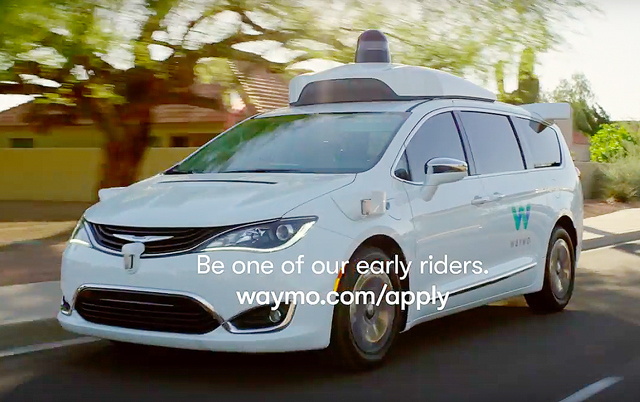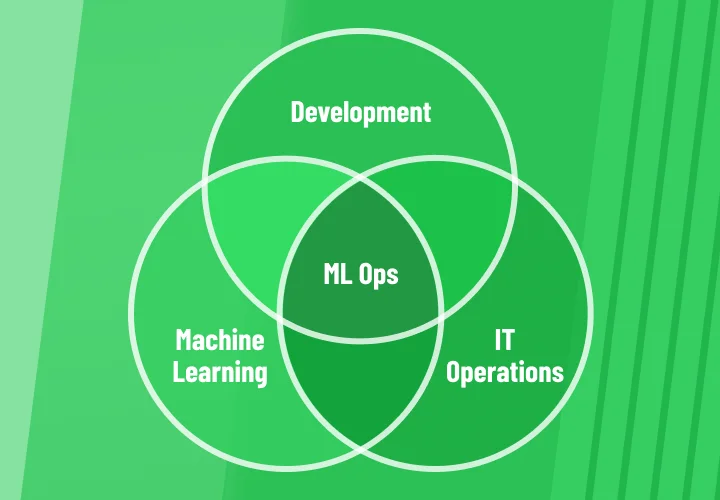After 8 years of testing autonomous cars, Waymo (a subsidiary of Google) is finally opening their self-driving car service to the public.
With 2.5 million real-life miles under their belt combined with a billion miles simulated by the software, Waymo is now – pun alert! – way-more confident in the capabilities of their self-driving AI.
Although the launch looks more like a closed beta test than a truly free-for-all experience, it’s a huge step forward. Waymo has already been testing driverless cars on early adopters for 2 months now.
The company offers this experience to those who use their car heavily, have a large immediate family, and require daily transit to numerous destinations. Multiple families in Phoenix, Arizona, have decided to enlist in the program and try Waymo cars by themselves.
Waymo didn’t offer them the small driverless cars they used for testing previously. They opted for using bigger, more capacious hybrids that are way better for families with a lot of kids and luggage.
According to the company’s FAQ section, among the testing vehicles are Fiat-Chrysler Pacifica and Lexus RX450h. Both are hybrid minivans with a lot of space. They offer a more convenient experience than the aptly named Firefly model, a modest 4-seater that looks more like a toy car than a real vehicle.

Phoenix metropolitan area looks like an ideal playground for early adopters. Although Waymo seems to be more than confident in their ability to deliver a smooth and safe experience, they nevertheless went for one of the sunniest and brightest parts of the country.
Situated in the middle of Sonoran desert, Phoenix metropolitan area can boast 296 clear days a year and a population of 4.3 million people. It’s busy enough to provide a challenge for self-driving cars’ AI but at the same time sunny enough to eliminate the risk factors associated with driving in bad weather such as rain or fog.
Extending the service beyond the clear skies of Arizona can prove challenging to Google’s subsidiary. The newly forming disruptive market is years behind mass adoptions but this cannot dismiss the fact that innovations in car industry are happening today at an astonishing rate. With the recent news of flying cars, self-driving vehicles, and Uber’s plans to offer taxi services over air this is one of the fastest changing environments in the market.
Published on Apr 26, 2017





